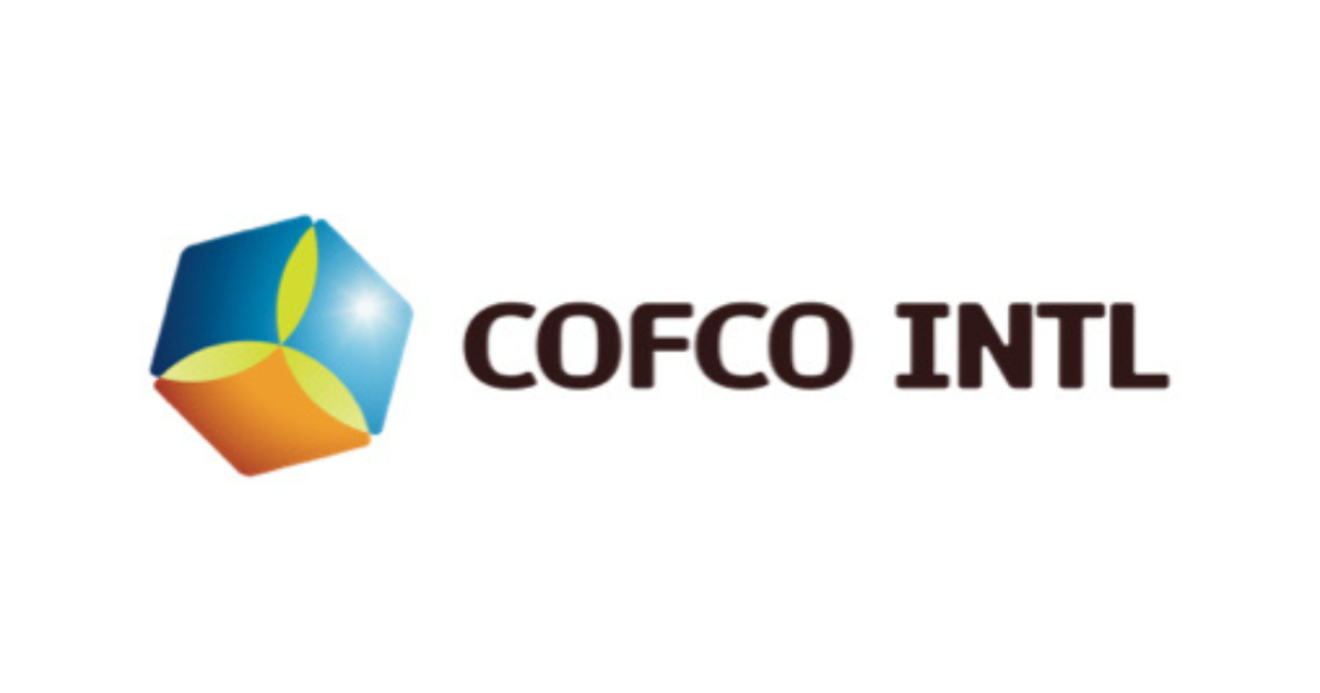COFCO Joycome Foods Ltd
Key Information
HQ:
China
Market Cap:
$0.89bn
Primary Market:
Asia
Business Type:
Protein Producer
Company Information
Company Summary
COFCO Joycome Foods, founded in 2002 and headquartered in Beijing, China, specialises in the production and sale of hogs, livestock slaughtering, and the production of feed. The company operates primarily in mainland China.
Revenue
Total revenue:
$1.9bn
Revenue by Geography
Revenue by Protein
Revenue by Product Type
Disclosures
CDP ScoresLast Reviewed: 16/10/2024
| CDP Climate | CDP Forests | CDP Water |
|---|---|---|
| No | No | No |
Science Based Target initiativeLast Reviewed: 16/10/2024
| Target classification | Status | Date |
|---|---|---|
| 1.5°C | Targets Set | 2024 |

